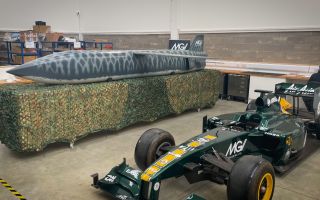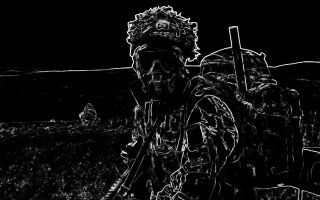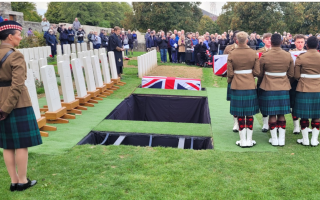Tri-Service
10 Things You Need To Know About SAS Reserve Testing
An inquest into the deaths of three reservists during a 2013 SAS test march heard that "direct civilian entry" students can attempt to join one of two SAS Reserve regiments.
Around half of the part-time soldiers who took part in the march had no previous military experience before opting to try out for the SAS. Below are 10 facts about the reserve units and SAS test week:
1. Terms borrowed from horse racing are used by soldiers during the gruelling Aptitude phase of Special Forces training - with "race-day" candidates referred to as "runners", and those who drop out as "non-runners".
2. March routes laid out for SAS students are measured as the crow flies and take in often impassable terrain, meaning soldiers typically cover far more ground than the official length listed by commanders.
3. The regular SAS unit has first pick of march routes during test week, usually held in either January or July, near the end of twice-yearly courses.
4. Army Reserve hopefuls attempting selection for either 21 or 23 SAS(R) - which recruit in different areas of the UK - join test marches alongside regular soldiers hoping to gain entry to a Special Forces Signals regiment.
5. Candidates who fail to meet march cut-off times but complete routes can "take a red card" and continue on the next test march. A second red card means candidates are "off the course" for good.
6. There are two methods of withdrawing from a test march. A soldier can voluntarily withdraw (known as a VW) or be medically withdrawn by march directing staff. If a candidate withdraws himself he is not allowed to re-attempt special forces selection on future courses but those who are medically withdrawn can have a second stab at joining one of the three SAS regiments. Students can also be shown the door for "unsafe behaviour" on the hills.
7. A rock-strewn stretch of the Brecon course on the approach to Beacons Reservoir, which reduces candidates to moving on their hands and knees, is known in special forces circles as "VW Valley" because of its high drop-out rate.
8. Formed in 1947 and 1959 respectively, 21 and 23 SAS(R) accept male applicants aged 18-32 who have no previous military service.
9. SAS Reserve selection has two parts - a "progressively arduous" Aptitude phase, and, for those who pass, intensive continuation training on Special Forces tactics, techniques and procedures.
10. According to the Army's official website, the starting daily rate for anyone tough enough to become a fully-badged SAS(R) Trooper is £103.









